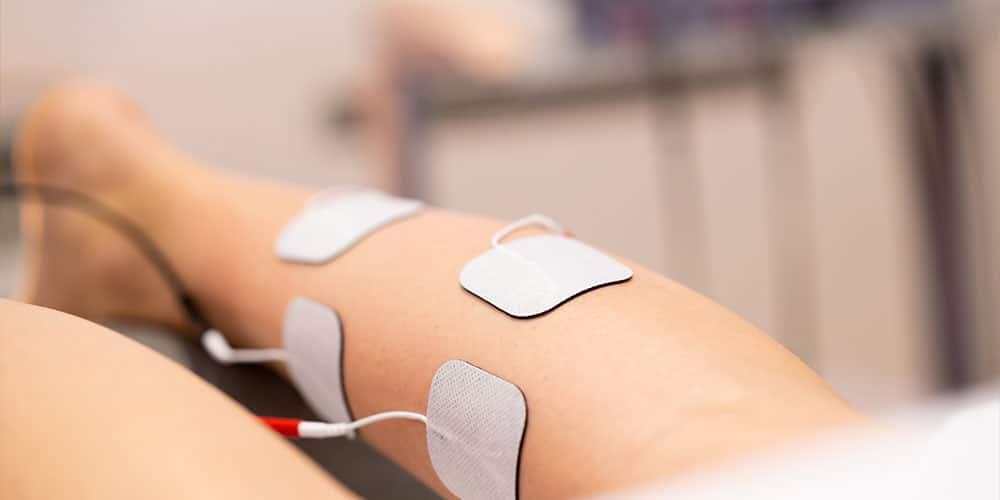Introduction
In today’s world, where chronic pain and stress-related conditions are increasingly common, people are constantly searching for non-invasive and drug-free treatments. An increasingly popular option is Pulsed Electromagnetic Field Therapy, commonly known as PEMF Therapy. Though it has been around for decades, its popularity has surged in recent years due to growing awareness and promising scientific studies. This article explores the basics, advantages, uses, and key factors to consider when it comes to PEMF Therapy.
What is PEMF Therapy?
PEMF stands for Pulsed Electromagnetic Fields. PEMF Therapy uses low-frequency electromagnetic pulses to activate and revitalize the body’s cells. This therapy works at the cellular level to improve natural recovery processes and promote better health without any invasive procedures or medication.
These electromagnetic pulses reach deep into body tissues, promoting improved cell activity and contributing to overall health. Unlike static magnets, PEMF devices produce dynamic, pulsing magnetic fields that influence the body’s electrical and chemical processes.
How Does PEMF Therapy Work?
At the core of PEMF therapy lies the concept of cellular bioelectricity. Every cell in the body has an electrical charge that governs its function. Over time, due to aging, injury, or stress, these cells may lose their optimal charge. This affects their ability to repair and regenerate.
PEMF therapy restores the charge by delivering pulsed electromagnetic fields to the cells. This boosts ATP (adenosine triphosphate) production—the energy currency of cells—and increases oxygenation, circulation, and nutrient absorption.
Key Benefits of PEMF Therapy
PEMF therapy offers a broad range of benefits for physical and mental health. Some of the most notable include:
Pain Relief
PEMF therapy is widely used for reducing chronic pain, especially in conditions like arthritis, fibromyalgia, and back pain. The electromagnetic pulses help decrease inflammation and improve blood flow to the affected areas, accelerating healing.
Improved Sleep
People suffering from insomnia or irregular sleep patterns can benefit from PEMF therapy. It helps regulate the production of melatonin, the hormone responsible for sleep, and promotes relaxation of the nervous system.
Enhanced Recovery and Healing
Whether it’s an injury, surgery, or muscle strain, PEMF therapy accelerates tissue regeneration. Athletes and post-operative patients often use it to speed up recovery and reduce downtime.
Better Circulation
Improved blood circulation is one of the core effects of PEMF therapy. Enhanced blood flow ensures that oxygen and nutrients reach all parts of the body more efficiently, which is crucial for healing and overall health.
Bone Health Support
PEMF therapy has been used in orthopedic treatments, infrared sauna blanket, including bone fractures and osteoporosis. Studies show that it can enhance bone density and stimulate bone repair, making it a valuable tool for elderly patients or those recovering from bone-related injuries.
Common Applications of PEMF Therapy
PEMF therapy is used in a variety of healthcare settings, from wellness clinics to hospitals. Some of the common applications include:
-
Orthopedic rehabilitation
-
Sports medicine
-
Chronic disease management
-
Neurological disorders
-
Veterinary medicine (used for pets and horses)
-
General wellness and anti-aging
It can be administered through full-body mats, localized pads, or portable devices depending on the treatment goal.
Is PEMF Therapy Safe?
One of the greatest advantages of PEMF therapy is its safety profile. The electromagnetic pulses used are non-ionizing and low-frequency, similar to those naturally emitted by the Earth. Most users do not experience side effects. However, some may feel temporary fatigue or dizziness during the initial sessions, which usually subside quickly.
Despite its general safety, PEMF therapy is not recommended for individuals with pacemakers, insulin pumps, or other implanted electronic devices. Pregnant women and people with epilepsy should consult their physician before starting treatment.
Scientific Support and Research
PEMF therapy is backed by decades of research, including numerous clinical trials and studies. The U.S. The FDA has authorized the use of PEMF devices for conditions such as non-union bone fractures, depression, and post-surgical pain and swelling. Ongoing studies are exploring its effects on conditions like Parkinson’s disease, Alzheimer’s, and even cancer support care.
Researchers have highlighted the therapy’s ability to reduce inflammation, modulate pain, and enhance cellular energy production. Although more long-term studies are needed, existing data is promising and supports its effectiveness in several medical applications.
Choosing the Right PEMF Device
There are many PEMF devices on the market, ranging from high-intensity professional machines to at-home portable units. When choosing a device, consider:
-
Frequency and intensity settings
-
Treatment area (localized or full-body)
-
Ease of use
-
FDA clearance or certification
-
Reviews and clinical validation
Consulting a healthcare provider or certified PEMF specialist is recommended to determine the most suitable device and treatment plan for your individual health concerns.
Conclusion
Changing the landscape of wellness, PEMF therapy offers a new perspective on managing pain, accelerating recovery, and enhancing well-being. With its non-invasive nature, minimal side effects, and growing scientific backing, it offers a compelling alternative to conventional treatments. Whether you’re an athlete looking to enhance performance, a chronic pain sufferer searching for relief, or simply someone aiming to boost your energy and health, PEMF therapy could be a game-changer.
As awareness continues to grow, PEMF therapy is likely to become a staple in holistic and integrative healthcare practices worldwide. Always consult with a medical professional before beginning any new therapy to ensure it’s the right fit for your health profile.
For more and latest articles click here.



